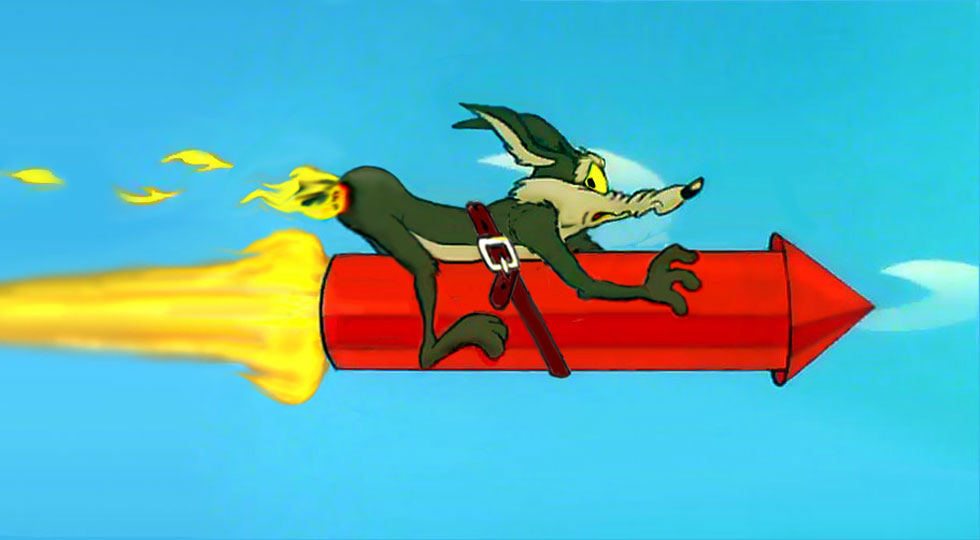Shade
Well-Known Member
- Joined
- Jul 25, 2009
- Messages
- 766
- Reaction score
- 1
I was thinking about this last night, maybe it was the fumes from the glue and paint,
or maybe the single malt scotch. Has anyone every gone supersonic on BP motors?
I can think of a bunch of reasons why it would not work. Exhaust gas velocity too low,
etc. Just curious...
Hmmm, I think I need more scotch tonight!
or maybe the single malt scotch. Has anyone every gone supersonic on BP motors?
I can think of a bunch of reasons why it would not work. Exhaust gas velocity too low,
etc. Just curious...
Hmmm, I think I need more scotch tonight!
Last edited:






